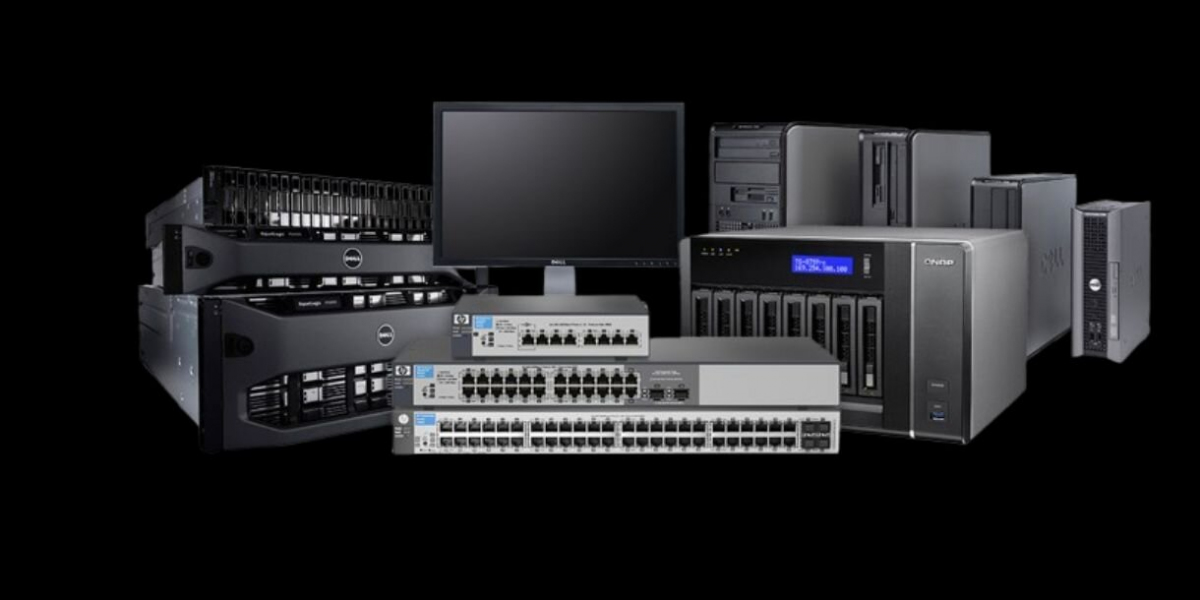When it comes to expanding Wi-Fi coverage, two powerful options often come to mind: mesh Wi-Fi systems and traditional wireless access points (WAPs). Both have unique advantages, but choosing the right one largely depends on your network needs, home layout, and desired performance.
Understanding Mesh Wi-Fi Systems
Mesh Wi-Fi systems consist of multiple nodes that work together to create a seamless Wi-Fi network. Unlike traditional setups where a single router broadcasts the signal, mesh systems use nodes to evenly distribute Wi-Fi coverage across a property. This is ideal for larger spaces or multi-story homes where dead zones often interrupt connectivity.
Benefits of Mesh Wi-Fi:
Coverage and Seamless Roaming: Nodes in a mesh system provide wide coverage, allowing devices to switch between nodes without dropping the connection. This setup minimizes dead zones.
User-Friendly Setup and Management: Many mesh systems are easy to install, configure, and manage through mobile apps, making them accessible for users with limited networking knowledge.
Aesthetic Design: Many mesh nodes blend well with home decor, a bonus for users who prioritize aesthetics.
When Mesh Wi-Fi Works Best:
For sprawling homes, irregular layouts, or properties with multiple floors, a mesh system can ensure seamless connectivity throughout every corner. The UniFi Dream Router UK is an example of a mesh system that offers high-quality coverage and integration with other devices in the UniFi ecosystem.
Wireless Access Points (WAPs)
Wireless access points, on the other hand, are network devices that create a Wi-Fi signal but rely on a wired connection to your router. Commonly used in business environments, WAPs like the U6-IW Ubiquiti UniFi In-Wall WiFi access point are ideal for expanding network capacity and speed, especially when there’s existing Ethernet cabling to support them.
Benefits of Wireless Access Points:
Reliable Wired Backhaul: WAPs use Ethernet cables to maintain a reliable and fast connection, reducing latency and ensuring consistent speed.
Scalability: Wireless access points allow for a more scalable network, as each access point can be configured independently and adjusted to meet specific needs.
Better Control: WAPs are generally configured through a centralized management system, giving administrators better control over network settings, security, and user access.
When Wireless Access Points Work Best: WAPs are an excellent choice for businesses or larger homes with existing Ethernet connections. They are ideal for high-performance needs, where speed and reliability are essential. The U6-IW Ubiquiti UniFi In-Wall WiFi is particularly versatile for such setups, fitting neatly into existing wall outlets for a clean installation.
Product Recommendations
UniFi Dream Router UK (Mesh Wi-Fi): An ideal choice for large homes that need consistent Wi-Fi coverage throughout.
U6-IW Ubiquiti UniFi In-Wall WiFi (Access Point): Offers a discrete design with high-speed performance and excellent scalability for homes or businesses with Ethernet cabling.
USW-Pro-Max-16-PoE (Network Switch): While not a WAP or mesh system, this switch supports multiple access points, offering flexibility for those scaling their networks.
Choosing the Right Solution
Ultimately, whether you choose mesh Wi-Fi or wireless access points depends on your network’s requirements:
Mesh Wi-Fi is best suited for homes needing seamless, whole-home Wi-Fi without complex installation.
Wireless Access Points are ideal for more customized networks that prioritize performance, scalability, and can support Ethernet wiring.
For those considering additional networking equipment or upgrading with IT hardware products from reliable brands, look into options like the A1PYS26E111T to ensure compatibility across your network. Whether optimizing for a home or business, investing in the right wireless technology can significantly improve both connectivity and overall productivity.









